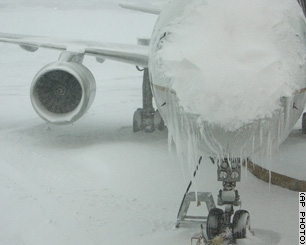I have set up a test to check the performance of the CoralCDN network against that of the origin server. You can view the comparative results here.
The tests used the base HTML document of this blog as the target.
The results so far indicate that there is a slight performance penalty when using CoralCDN in an ad hoc manner. They do offer continuous CDN services, and these likely provide better overall service under normal conditions.
However, it is likely that in situations where server load or traffic volumes increase substantially, the distributed performance system, even in an ad hoc manner, would save your bacon.
I will watch these tests over the next few days to see if any unique performance patterns appear.




